From the rugged peaks of the Himalayas to the arid scrublands of Africa, and from bustling farms to remote wildernesses, the goat is a creature of remarkable adaptability and enduring charm. Often underestimated, these nimble-footed ruminants have played an indispensable role in human history and continue to fascinate with their intelligence, resilience, and unique behaviors. Let us embark on a journey to uncover the multifaceted world of the goat, a true marvel of the animal kingdom.
The term “goat” most commonly refers to the domestic goat (Capra aegagrus hircus), a subspecies of goat domesticated from the wild goat of Southwest Asia and Eastern Europe. However, the broader family of goats, belonging to the genus Capra, encompasses a diverse array of wild species, including the majestic ibex and the iconic mountain goat, each uniquely adapted to its challenging environment.
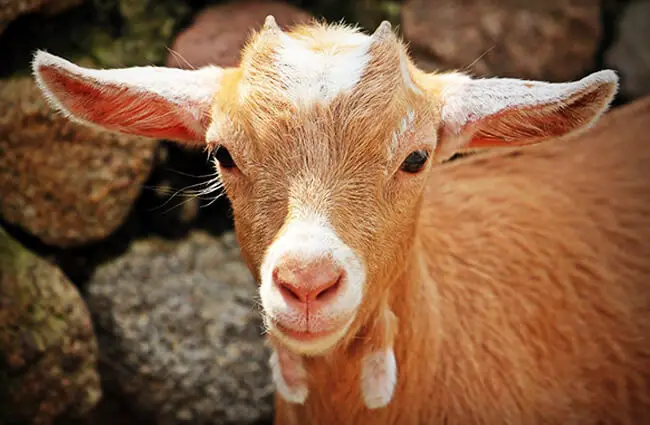
A Glimpse into Goat Biology: What Makes Them Tick?
Physical Characteristics and Adaptations
Goats are medium-sized ungulates, typically characterized by their distinctive horns, which can vary greatly in shape and size depending on the breed or species. Both male (bucks or billies) and female (does or nannies) goats can possess horns, though they are often larger and more impressive in males. These horns are permanent structures, growing throughout the animal’s life, and are used for defense, dominance displays, and even foraging.
Their bodies are built for agility and resilience. With strong legs and cloven hooves, goats are expert climbers, capable of navigating steep, rocky terrain with astonishing ease. Their eyes, with their characteristic horizontal pupils, provide a wide field of vision, an essential adaptation for spotting predators in open landscapes. A goat’s coat can range from short and sleek to long and shaggy, offering insulation against varying climates.
The Evolutionary Journey: From Wild Peaks to Pastoral Lands
The story of the goat is deeply intertwined with the dawn of human civilization. Genetic evidence suggests that domestic goats originated from the Bezoar ibex (Capra aegagrus), a wild goat species native to the mountainous regions of the Middle East and Central Asia. Domestication is believed to have occurred approximately 10,000 to 11,000 years ago in the Fertile Crescent, making goats one of the earliest animals to be tamed by humans, alongside dogs and sheep.
This domestication was a pivotal moment, providing early human societies with a reliable source of milk, meat, fiber, and hides. Over millennia, selective breeding by humans led to the vast array of domestic goat breeds seen today, each specialized for different purposes and environments, from the dairy-rich Saanen to the fiber-producing Angora.
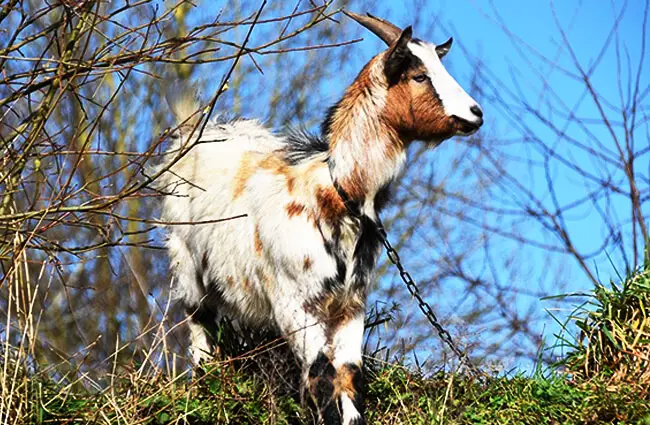
Goats in Their Element: Habitat, Diet, and Social Life
Where the Wild Goats Roam: Habitats and Distribution
Wild goats, such as the various species of ibex (e.g., Alpine Ibex, Siberian Ibex) and the North American Mountain Goat, are masters of extreme environments. They typically inhabit rugged, mountainous regions, from high-altitude alpine meadows to rocky cliffs and deserts. Their distribution spans across parts of Europe, Asia, and North America, showcasing their incredible adaptability to diverse climates and terrains.
Domestic goats, thanks to human intervention, have a near-global distribution. They thrive in a wide range of habitats, from temperate grasslands to tropical forests and arid deserts, often found in areas unsuitable for other livestock. This adaptability is a testament to their robust nature and efficient foraging strategies.
The Gourmet Grazer: What’s on a Goat’s Menu?
Goats are ruminants, meaning they possess a four-chambered stomach that allows them to digest tough plant material through fermentation. Unlike sheep, which are primarily grazers (eating short grasses), goats are natural browsers. This means they prefer to eat leaves, twigs, vines, and shrubs, often standing on their hind legs to reach higher branches. Their agile lips and prehensile tongues enable them to selectively pick out the most nutritious parts of plants, even thorny ones.
This browsing habit makes them incredibly useful for brush control and land management, as they can clear areas of unwanted vegetation that other animals might ignore. Their diverse diet contributes to their resilience in varied environments, allowing them to extract nutrients from a wide array of plant species.
Social Dynamics: The Herd Mentality
Goats are social animals, typically living in herds. The size and structure of these herds can vary, from small family groups to larger aggregations, especially in wild populations or during specific seasons. Within a herd, a clear dominance hierarchy often exists, established through head-butting contests and other displays of strength. This hierarchy helps maintain order and reduces conflict within the group.
Communication among goats involves a repertoire of bleats, snorts, and body language. They are known for their curious and intelligent nature, often exploring their surroundings and displaying problem-solving abilities. Their social bonds are important for mutual protection against predators and for sharing resources.
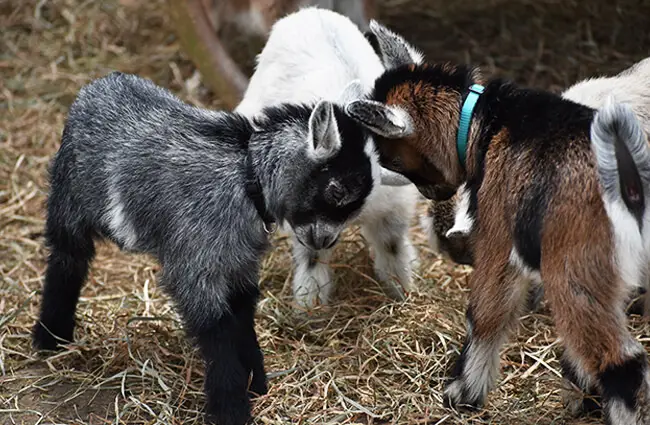
The Cycle of Life: Mating, Reproduction, and Raising Kids
The Rut and Reproduction
Goats are seasonal breeders, with mating typically occurring in the autumn months, triggered by decreasing daylight hours. This period is known as the “rut.” During the rut, male goats (bucks) exhibit strong behavioral changes, including increased aggression, scent marking (often by urinating on their own beards and forelegs), and vocalizations to attract females. Females (does) come into estrus, a period of receptivity to mating, which lasts for about 24 to 48 hours.
Gestation in goats lasts approximately 150 days, or about five months. Does usually give birth to one to three offspring, known as “kids,” though twins are very common. The birthing process, called kidding, is a natural and often swift event.
Raising the Next Generation
Newborn kids are remarkably precocial, meaning they are relatively mature and mobile shortly after birth. Within minutes to hours, they are usually able to stand, walk, and nurse. This rapid development is crucial for survival in the wild, allowing them to keep up with the herd and evade predators. The mother goat forms a strong bond with her kids, protecting them and teaching them essential foraging and social skills.
Kids are dependent on their mother’s milk for the first few months but begin to sample solid food early on. They are typically weaned around three to six months of age, gradually transitioning to a diet of forage. Goats reach sexual maturity between six months and one year, and their lifespan can range from 10 to 15 years, sometimes longer in well-cared-for domestic settings.
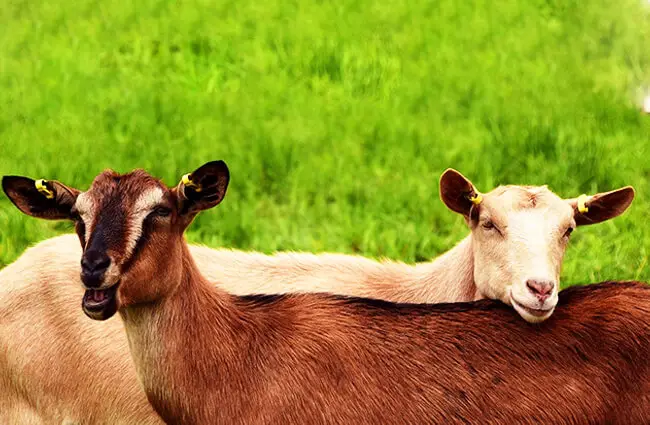
Goats and Humanity: A Partnership Through Time
A Cornerstone of Human Culture
For millennia, goats have been invaluable partners to humans, shaping cultures and economies across the globe. Their contributions are diverse and profound:
- Dairy Products: Goat milk is highly nutritious and easily digestible, making it a staple for many populations. It is processed into a wide array of cheeses, yogurts, and other dairy products.
- Meat: Goat meat, often called chevon or cabrito, is a lean and flavorful protein source consumed worldwide, particularly in many African, Asian, and Middle Eastern cuisines.
- Fiber: Breeds like the Angora produce mohair, and Cashmere goats yield the luxurious cashmere wool, both highly prized for textiles.
- Leather: Goat hides are used to produce durable and supple leather for clothing, footwear, and other goods.
- Working Animals: In many parts of the world, goats are used as pack animals, carrying supplies over difficult terrain.
- Land Management: Their browsing habits make them excellent for clearing brush, controlling weeds, and reducing fire hazards in overgrown areas.
Beyond their practical uses, goats hold symbolic significance in many cultures, representing fertility, stubbornness, agility, or even mischief. Their presence is woven into folklore, art, and religious texts.
Interaction with Humans: From Farm to Friend
The relationship between humans and goats is multifaceted. On farms, they are managed for their products, requiring careful husbandry, including feeding, shelter, health care, and breeding programs. As pets, especially miniature breeds, goats are increasingly popular due to their playful personalities and intelligence. They can be trained and often form strong bonds with their human companions.
However, interactions with wild goats require a different approach. While generally shy, wild goats can be formidable animals, especially males during the rut or mothers protecting their young. Respecting their space and observing from a distance is paramount for both human and animal safety.
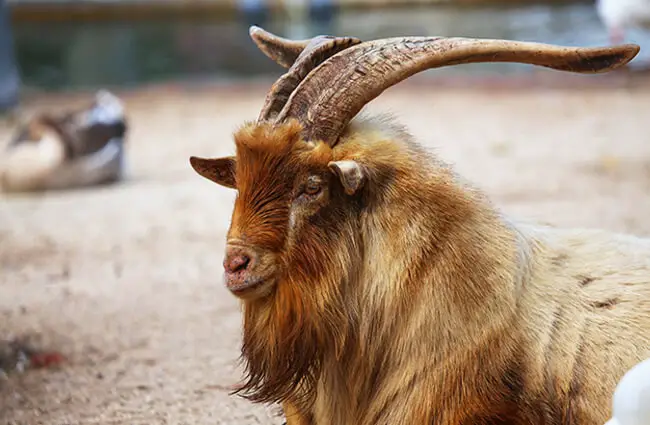
Goats in the Wild: For the Adventurous Observer
Finding Wild Goats: Where and How
For the animal lover or aspiring zoologist hoping to observe goats in their natural habitat, focus on specific wild species:
- Mountain Goats (Oreamnos americanus): Found in the rugged alpine and subalpine regions of western North America, including the Rocky Mountains and coastal ranges. Look for them on steep cliffs, rocky outcrops, and high mountain meadows.
- Ibex (various Capra species): Distributed across mountainous regions of Europe (e.g., Alpine Ibex), Asia (e.g., Siberian Ibex, Spanish Ibex), and Africa (e.g., Nubian Ibex). Their habitats are typically high-altitude, rocky, and often remote.
- Markhor (Capra falconeri): Native to the Himalayas and Karakoram mountains of Central Asia. Known for their spectacular spiral horns, they inhabit steep, forested, and rocky terrain.
To find them, research specific national parks or wilderness areas known for these species. Employ binoculars or a spotting scope for distant observation. Early morning and late afternoon are often the best times for viewing when animals are most active.
Encountering Goats in the Wild: A Hiker’s Guide
If you encounter a wild goat during a hike, remember these guidelines:
- Maintain Distance: Always keep a safe and respectful distance, at least 100 feet (30 meters) or more. Do not approach them, especially if they have young.
- Never Feed Wild Animals: Feeding can alter their natural behavior, make them dependent on humans, and lead to aggression.
- Observe Behavior: If a goat seems agitated (stomping hooves, lowering head, snorting), it is a warning. Slowly back away.
- Protect Your Belongings: Goats, particularly Mountain Goats, are sometimes attracted to the salt in human urine or sweat on backpacks. Keep your gear secure.
- Stay Calm: Sudden movements or loud noises can startle them. Move slowly and quietly.
- Never Get Between a Mother and Kid: This is a universal rule for wildlife encounters.
Wild goats are powerful animals. While attacks are rare, they can occur if an animal feels threatened or cornered. Always prioritize your safety and the well-being of the wildlife.
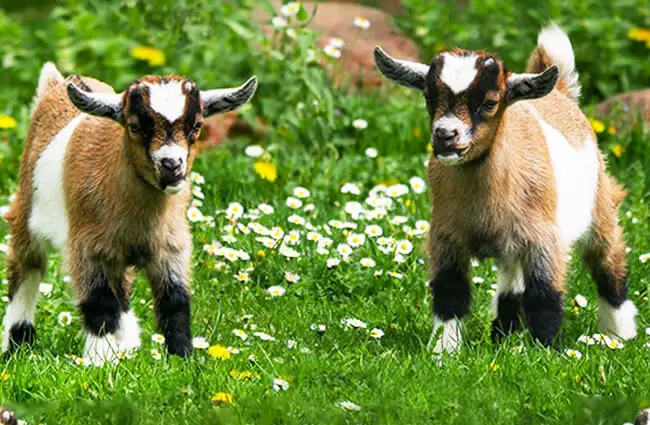
Caring for Goats in Captivity: A Zookeeper’s Perspective
Essential Tasks for Zookeepers
Caring for goats in a captive environment, such as a zoo or sanctuary, requires a comprehensive understanding of their needs:
- Dietary Management: Provide a balanced diet consisting primarily of high-quality hay or forage. Supplement with commercial goat feed formulated for their specific life stage (e.g., lactating does, growing kids) and mineral supplements. Ensure constant access to fresh, clean water.
- Enclosure Design: Goats need ample space to roam, climb, and express natural behaviors. Enclosures should be secure, with sturdy fencing to prevent escapes. Provide climbing structures (rocks, logs, platforms) and shelter from adverse weather.
- Social Needs: Goats are herd animals; they should never be housed alone. Maintain a social group appropriate for the species or breed. Monitor group dynamics to prevent excessive aggression.
- Health Monitoring: Daily observation for signs of illness (lethargy, changes in appetite, discharge, lameness). Regular veterinary check-ups, vaccinations, and deworming are crucial. Hoof trimming is essential to prevent overgrowth and lameness.
- Enrichment: Offer environmental enrichment to stimulate their minds and bodies. This can include browse (safe tree branches), puzzle feeders, new climbing opportunities, or novel objects to investigate.
- Hygiene: Keep enclosures clean to prevent disease. Regular removal of manure and soiled bedding is necessary.
What to Avoid in Captive Goat Care
- Overfeeding or Improper Diet: This can lead to obesity, digestive issues (like bloat), and metabolic diseases. Avoid sudden changes in diet.
- Isolation: Housing a goat alone can lead to stress, behavioral problems, and a decline in overall well-being.
- Inadequate Fencing: Goats are notorious escape artists. Weak or short fencing is an open invitation for them to explore beyond their enclosure.
- Lack of Shelter: Exposure to extreme weather without adequate shelter can cause illness and discomfort.
- Ignoring Hoof Care: Untrimmed hooves can lead to pain, lameness, and long-term joint problems.
- Overcrowding: Too many goats in a small space can increase stress, aggression, and the spread of disease.
- Unsafe Enrichment: Ensure all enrichment items are non-toxic, durable, and pose no risk of injury.
Goats in the Ecosystem: More Than Just Browsers
Ecological Contributions and Interactions
Goats play a significant role in their ecosystems, both wild and domestic. As browsers, they can help manage vegetation, preventing the overgrowth of shrubs and promoting biodiversity by creating open spaces. They contribute to seed dispersal by consuming fruits and then depositing seeds in their droppings, often far from the parent plant. In wild ecosystems, they serve as a prey base for large carnivores like wolves, cougars, and eagles, contributing to the food web.
However, uncontrolled goat populations, particularly domestic ones allowed to free-range in sensitive environments, can have negative impacts. Overgrazing can lead to soil erosion, desertification, and the destruction of native plant communities, posing a threat to local biodiversity.
Fascinating Facts About Goats
- Goats were among the first animals domesticated by humans, over 10,000 years ago.
- They have rectangular pupils, which give them a wide field of vision (280-320 degrees) without moving their heads.
- Goats are known for their incredible climbing abilities, often scaling steep cliffs and even trees.
- A male goat is called a buck or billy, a female is a doe or nanny, and a baby goat is a kid.
- Goat milk is naturally homogenized, meaning the fat globules are smaller and more evenly dispersed than in cow’s milk, making it easier to digest for some people.
- Some goats faint when startled, a condition known as myotonia congenita, though they don’t actually lose consciousness.
- Goats are highly intelligent and can be trained to pull carts, carry packs, and even perform tricks.
- Their digestive system allows them to eat a wide variety of plants, including many that are toxic to other livestock.
- The world’s largest goat breed is the Anglo-Nubian, known for its long, pendulous ears.
- Goats have a strong sense of smell, which they use to identify other goats and detect predators.
The Enduring Legacy of the Goat
From their ancient origins on rugged mountain slopes to their ubiquitous presence on farms and in human culture, goats stand as a testament to nature’s ingenuity and the enduring bond between humans and animals. Their remarkable adaptability, intelligence, and diverse contributions make them far more than just livestock; they are ecological engineers, cultural icons, and fascinating subjects of study. Whether you encounter them in the wild, care for them in captivity, or simply enjoy their products, the goat’s story is one of resilience, resourcefulness, and a surprising depth of character.

![Red Angus Closeup of a beautiful Red Angus cowPhoto by: U.S. Department of Agriculture [pubic domain]https://creativecommons.org/licenses/by/2.0/](https://animals.net/wp-content/uploads/2020/03/Red-Angus-4-238x178.jpg)




![Red Angus Closeup of a beautiful Red Angus cowPhoto by: U.S. Department of Agriculture [pubic domain]https://creativecommons.org/licenses/by/2.0/](https://animals.net/wp-content/uploads/2020/03/Red-Angus-4-100x75.jpg)

